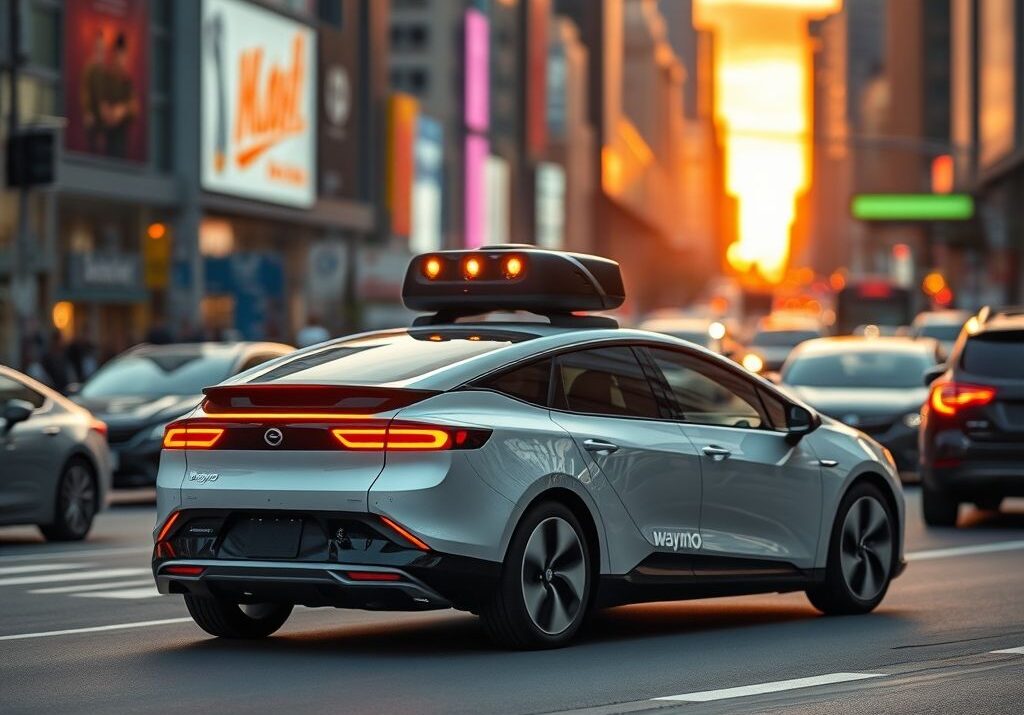Ever wonder what keeps Waymo executives up at night? I’m betting it’s not just perfecting self-driving algorithms, but also the massive price tag attached to their ambitious project. Just dipped into the latest TechCrunch Mobility newsletter, specifically their piece on “The Cost of Waymo,” and it got me thinking – are we anywhere near a point where autonomous driving is financially sustainable?
Let’s be real, building a self-driving car isn’t cheap. We’re talking about mountains of sensors, cutting-edge AI, armies of engineers, and enough computing power to make NASA jealous. The TechCrunch article hinted at the sheer scale of investment required, and frankly, it’s eye-watering.
But how eye-watering are we talking? Well, a 2021 report by Guidehouse Insights estimated that Waymo had already spent over $3.2 billion on R&D by 2020. That was 4 years ago! You can imagine that number has only ballooned since.
And it’s not just the initial investment. The cost of maintaining and operating a fleet of self-driving cars is significant. We’re talking about constant software updates, sensor maintenance, and the inevitable repairs that come with putting vehicles on the road. Plus, there’s the human element – remote support teams ready to take over when the AI gets confused.
Now, the big question: Can Waymo (or any other self-driving company, for that matter) actually make money at this? The answer, it seems, is still up in the air. Right now, Waymo’s revenue streams are limited to ride-hailing in a few select cities. While that’s a start, it’s a far cry from covering their massive operating expenses.
Analysts at Morgan Stanley estimated in 2020 that Waymo could be worth $105 billion. Bold claims, but the path to those claims is not as clear.
One potential path is through partnerships with automakers, licensing their technology to other companies. We have seen this approach on multiple occassions. This would allow Waymo to leverage its expertise and generate revenue without bearing the full cost of operating a ride-hailing service. Another path is to get into logistics and deliveries, that is bound to boost income.
Despite the challenges, I’m still bullish on the future of self-driving technology. The potential benefits – safer roads, reduced traffic congestion, increased mobility for people who can’t drive – are too significant to ignore. The real trick is figuring out how to make it all economically viable.
My Five Takeaways:
- Self-driving tech is crazy expensive: Developing autonomous vehicles requires significant upfront investment and ongoing operational costs.
- Revenue streams are still limited: Waymo’s current business model, primarily ride-hailing, may not be enough to cover expenses in the short term.
- Partnerships are key: Collaborating with automakers and other tech companies could be crucial for Waymo’s long-term success.
- The potential is still huge: Despite the financial hurdles, the long-term benefits of self-driving technology are undeniable.
- Economies of scale are crucial: The more self-driving cars on the road, the lower the per-vehicle cost, and the closer we get to profitability.
FAQ: Waymo and Self-Driving Costs
- How much has Waymo spent on developing its technology? Estimates vary, but most analysts agree that Waymo has invested billions of dollars in research and development.
- What are the main costs associated with self-driving cars? The costs include sensor hardware, software development, computing power, mapping, maintenance, and operational support.
- How does Waymo make money? Currently, Waymo generates revenue primarily through its ride-hailing service, Waymo One, in select cities.
- Is Waymo profitable? Not yet. The company is still in the investment phase and has not achieved profitability.
- What are some potential future revenue streams for Waymo? Potential revenue streams include licensing its technology to automakers, providing autonomous trucking services, and offering delivery solutions.
- How do Waymo’s costs compare to its competitors? It’s difficult to get exact figures, but most analysts believe that Waymo is among the most heavily invested companies in the self-driving space.
- What impact will regulation have on the cost of self-driving cars? Regulations could increase costs by requiring additional safety features or operational restrictions.
- How will advancements in technology affect the cost of self-driving cars? Advancements in sensor technology and computing power could lower costs over time.
- Will self-driving cars eventually be affordable for the average person in Cameroon? It’s possible, but it will likely take many years for self-driving technology to become widely accessible and affordable in developing countries.
- What are the ethical considerations around the cost of self-driving technology? Ensuring equitable access to self-driving technology is essential to avoid exacerbating existing inequalities.








